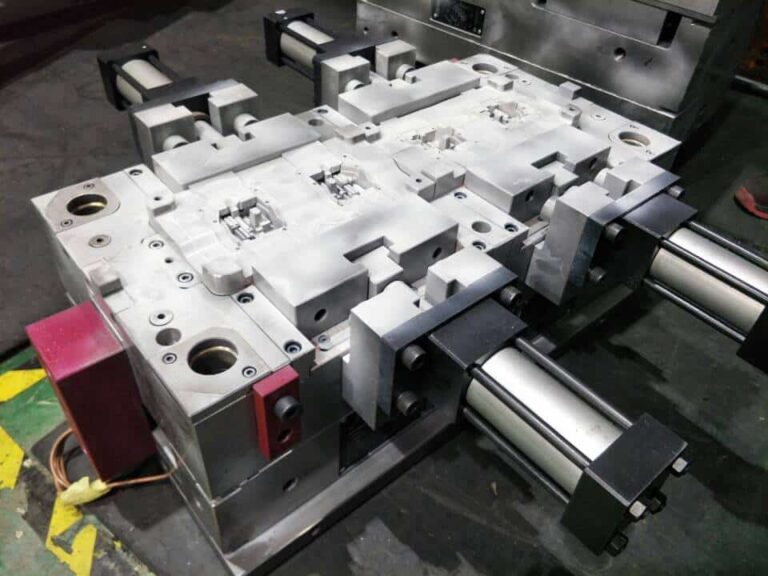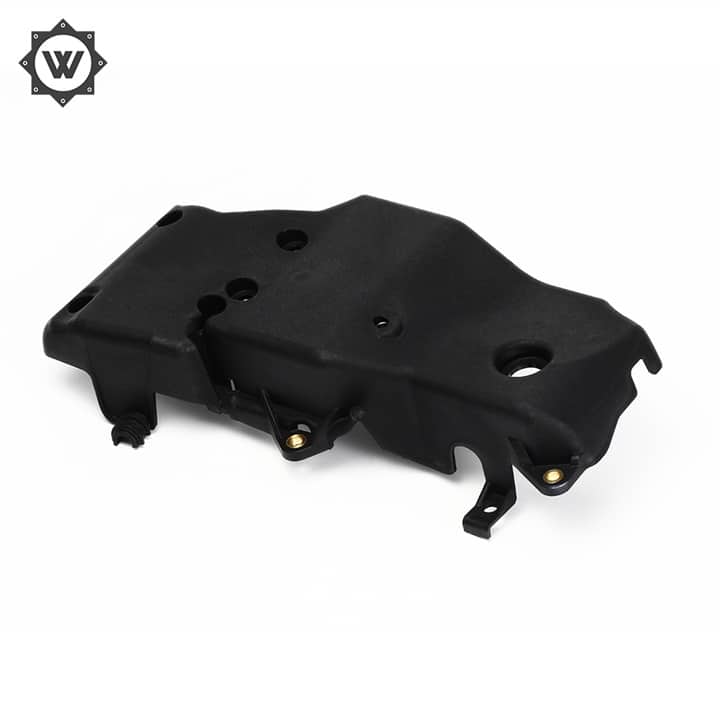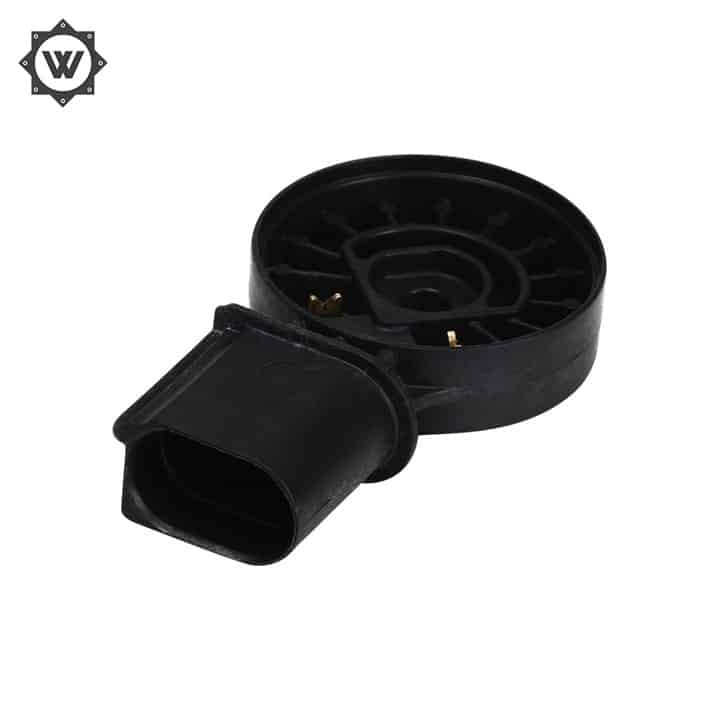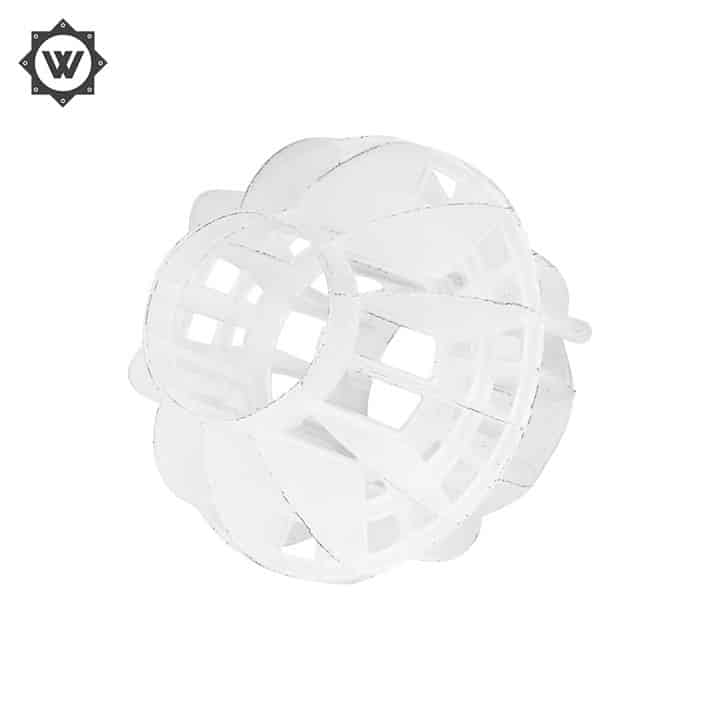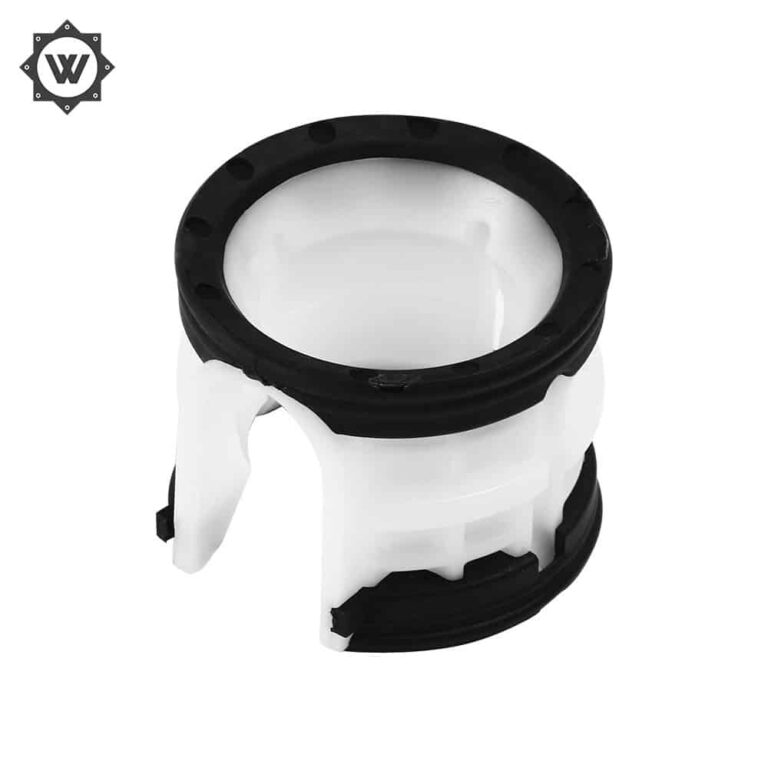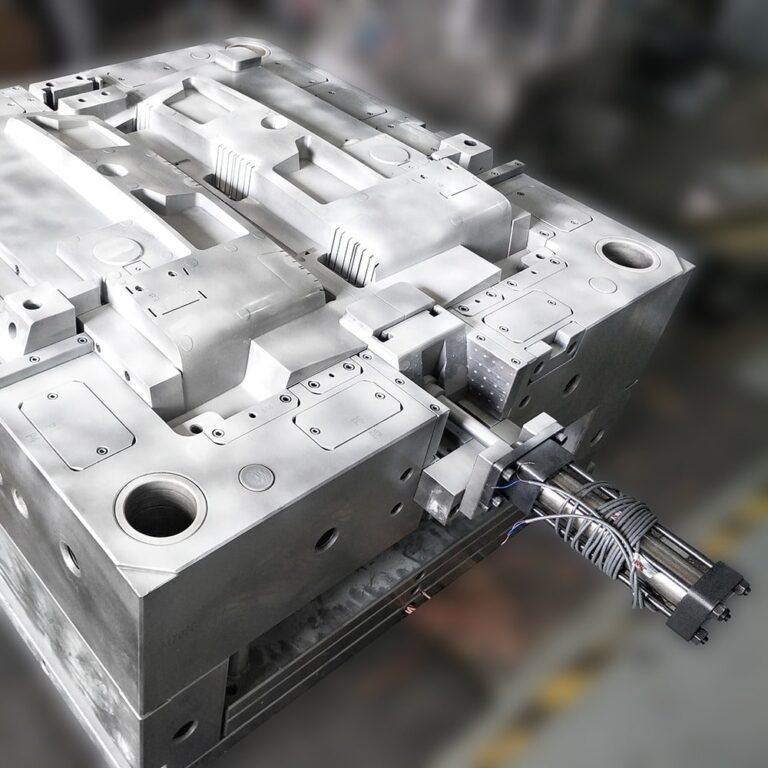Cold glue processing method in tpe injection molding process
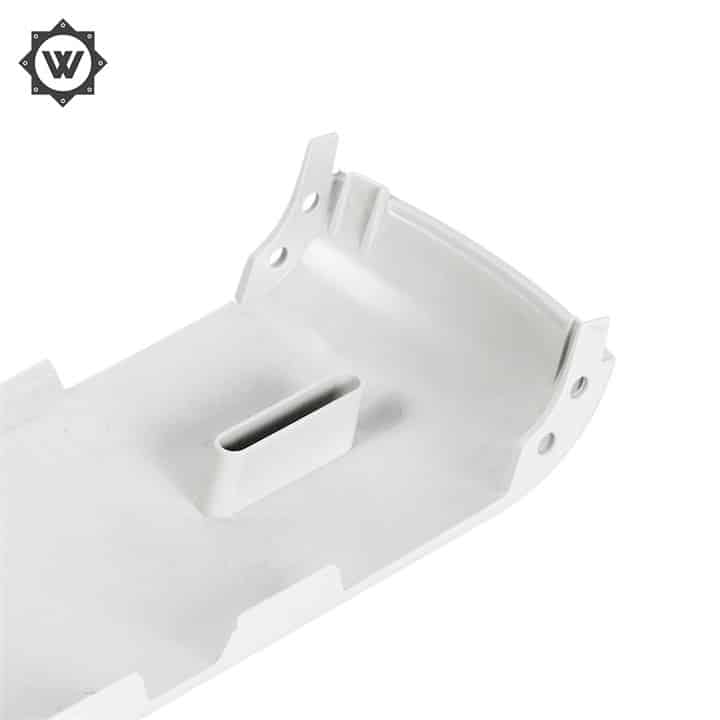
Stagnation is often encountered in the injection molding process and has to be understood.
When the melt enters the filling mold cavity from the gate, the melt flow rate in part of the direction of the melt slows down or stagnation phenomenon. This stagnation can cause many undesirable phenomena as well as many defects. Stagnation is the highest form of melt flow imbalance. The best injection molding method is that the melt enters the mold cavity and reaches all exchanges of the cavity in a diffusion manner. But in fact, the mold cavity has thick and thin walls, some have curved surfaces, and there are cold and hot surfaces will cause the melt to be hot and cold differently, forming local cooling, and eventually stagnation occurs causing undesirable phenomena.
What is the harm of stagnation? What are the defects? There will be trapped air, lack of material, overfilling, poor dimensions, bending and other defects.
So we should try to avoid or mitigate the stagnation defects, how to mitigate?
1. Changing the mold structure is the most fundamental way to improve the stagnation effect. Improve the mold design to rationalize the product structure, avoid sudden changes in wall thickness, so that the melt resistance in all parts of the cavity is basically uniform.
2. Changing parameters can also moderate the hysteresis effect, mainly by increasing the material temperature and increasing the injection speed, but to distinguish the temperature-sensitive shear-sensitive.
3. Changing the mold temperature has little effect on improving the hysteresis effect.
4. Changing the material is not the best method, and the utility is not great.

